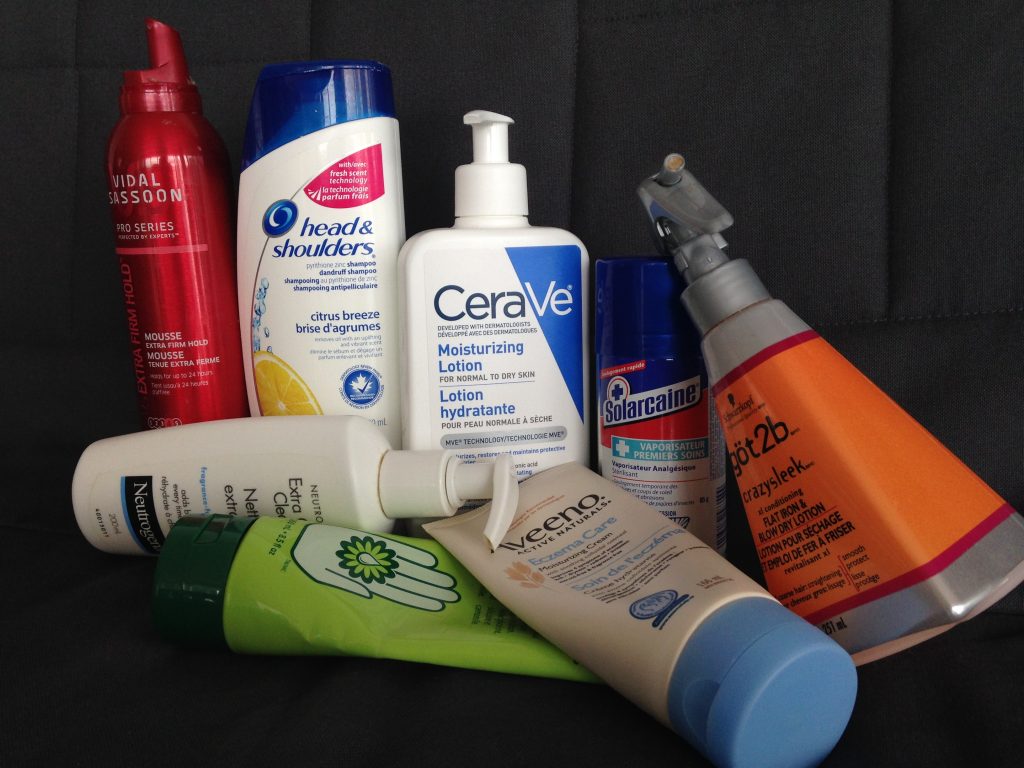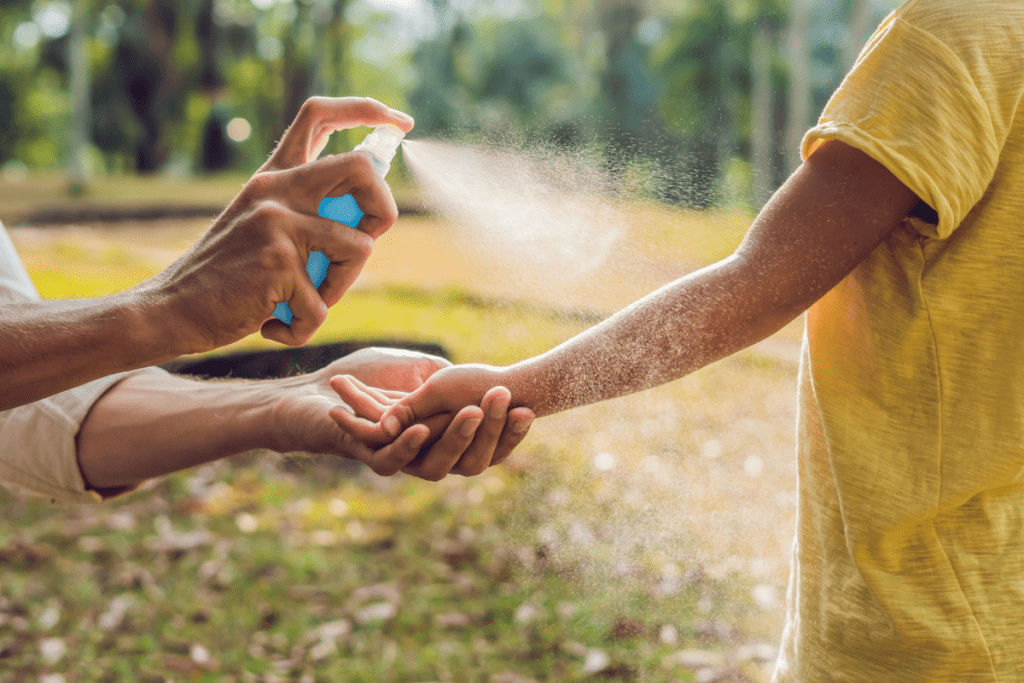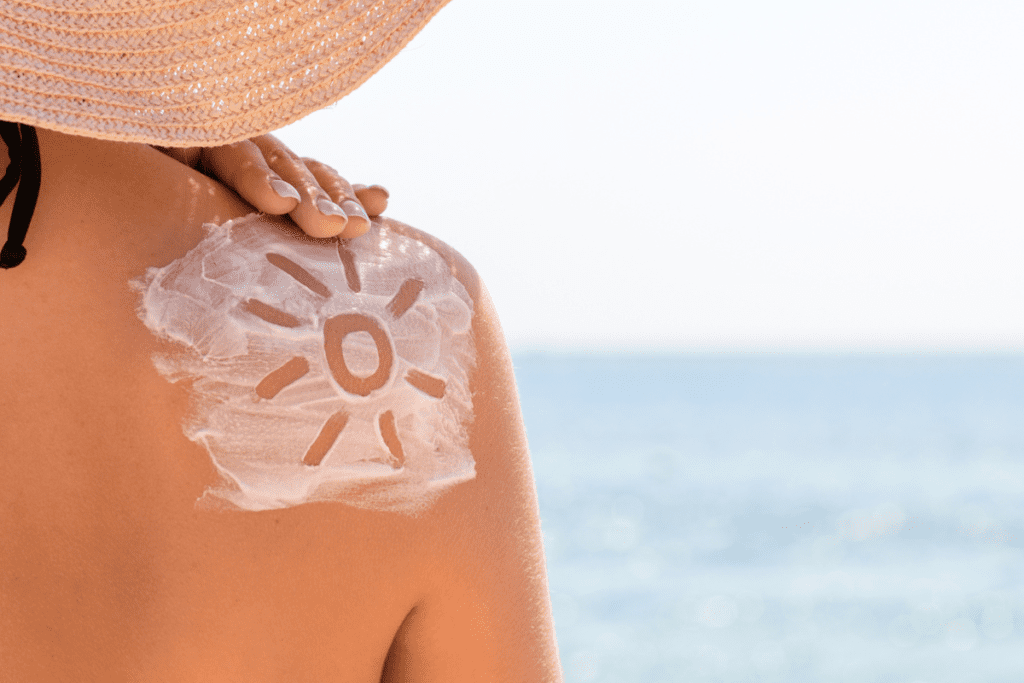Spring isn’t quite around the corner yet, but as a prelude to a more thorough spring cleaning, I decided to clear out my bathroom cabinet. What I found wasn’t pretty – plenty of harmful chemicals in products from shampoo to baby lotion.


Weak labelling rules in Canada allow manufacturers to hide nasty chemicals under the umbrella term ‘fragrance’ or ‘perfume’ – without specifying the ingredients. But apart from that exemption, personal care product labels must list what’s inside (it’s a different story for cleaning products that don’t have to list any ingredients). So I went ahead and checked all products in my bathroom, one-by-one, equipped with Environmental Defence’s Toxic Ten list so that I’d know what to look for.
Baby Products
With little kids around the house, steps like childproofing our apartment or switching to organic produce was easy. But what about childproofing the daily care products you use on your kids? Despite our paediatrician’s recommendation and a grandiose-sounding promise of having been “developed with dermatologists,” our daughter’s baby lotion actually contained two types of parabens, the label reveals. This is concerning, as parabens (used as preservatives) are known hormone disruptors that can mimic estrogen. Not something you want to expose your baby to!
A baby shampoo that contained the harmful chemical sodium laureth sulfate (SLS) had already been purged several months ago. The ingredient can irritate the skin and is linked to allergies.
Skin Care
The grown-ups’ body lotion that I checked didn’t fare much better. It contained petrolatum, another ingredient that’s made it onto Environmental Defence’s Toxic Ten list in the past. While safe when pure, petrolatum (or petroleum jelly) can be contaminated with toxic chemicals called polycyclic aromatic hydrocarbons – or PAHs for short. It’s so risky that the European Union restricts the use of petrolatum in cosmetics.
Another terrible discovery: our beloved hand cream not only contained two types of parabens, but also BHT (butylated hydroxytoluene) – a preservative that’s linked to increased cancer risk in animal tests (and that’s also used as preservative in breakfast cereal). The same harmful chemical cocktail was in our face cleanser (labelled “extra gentle” – what irony).
Hair Products
Next up were our hair products and again, I had to purge several items. First of, a dandruff shampoo that I found. Not only did it contain sodium laureth sulphate, but also the related chemical sodium lauryl sulphate. Both are classified as “expected to be toxic or harmful” by Environment Canada.
Another black sheep in our cabinet was a hairstyling mousse that contained methylparaben. But it didn’t stop there. I also got my fingers on a flat iron and blow dry lotion that contained four harmful chemicals: cyclopentasiloxane (siloxane D5), diazolidinyl urea, methylparaben, and propylparaben. The ingredient siloxane D5, frequently used in dry cleaning, is especially troubling as it’s an environmental pollutant that’s contaminating the Great Lakes. Diazolidinyl urea is used as a preservative in cosmetics that acts as formaldehyde-releasing agent. As formaldehyde is a known carcinogen, there is ample reason not to put diazolidinyl urea on our hair.
Conclusion
Toxic chemicals lurk in many everyday products; not just in lotions, creams, and hair products, but also in cosmetics, cleaning products and even items like toothpastes and hand sanitizers (the culprit in those last two frequently being triclosan). I even found the hormone disruptor triclosan in a disinfectant spray in our cabinet.
As scientific evidence mounts on the harmful ingredients mentioned above, the federal government must step up and put in place bans and usage restrictions. Additionally, we need stronger labelling rules that make full ingredient disclosure and easy-to-understand warning symbols on household products a reality. You can learn more and speak out for stronger labelling rules here.
In the meantime, don’t forget that prevention is better than the cure. So pack the Toxic Ten guide and check the label before you buy.







